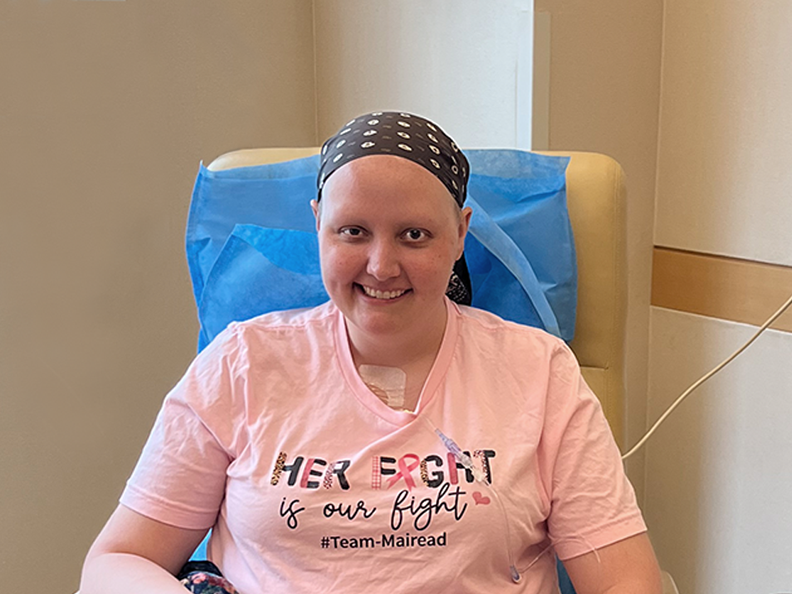Your gift is 100% tax deductible
Signs and Symptoms of Rhabdomyosarcoma
Rhabdomyosarcoma (RMS) can start nearly anywhere in the body. The symptoms depend on where the tumor is, how large it is, and if it has spread to other parts of the body.
Common symptoms of rhabdomyosarcoma
- Lump or swelling: When the tumor is in the neck, chest, back, arm, leg, or groin (including the testicles), this may be the first sign of RMS. Sometimes it can cause pain, redness, or other problems.
- Eye or vision changes: Tumors around the eye can cause the eye to bulge out or the child to appear to be cross-eyed. Tumors in this area can affect how well a child can see.
- Bleeding: RMS tumors often have fragile blood vessels, prone to bleeding. The type of bleeding that might be seen in RMS depends on where the tumor is. Tumors in the nose or sinuses may cause nosebleeds. Tumors in the bladder or prostate can lead to blood in the urine, while a tumor in the vagina can cause vaginal bleeding. Tumors in the urinary or reproductive area might grow big enough to make it hard or painful to pass urine or stool.
- Sinus congestion or headaches: Tumors in the nasal sinuses can cause an earache, headache, or feeling like the nose or sinuses are blocked.
- Belly pain or swelling: Tumors in the abdomen or pelvis can cause vomiting, belly pain, swelling, or constipation.
- Yellowing of the eyes or skin (jaundice): RMS rarely develops in the bile ducts (small tubes leading from the liver to the intestines), but when it does it can cause jaundice.
- If RMS becomes more advanced, it can cause symptoms such as lumps under the skin (often in the neck, under the arm, or in the groin), bone pain, constant cough, weakness, or weight loss.
What to do if you notice symptoms
One or more of these symptoms usually leads to a visit to the doctor. Many of these signs and symptoms are more likely to be caused by something other than RMS. For example, children and teens can have bumps or pain from play or sports injuries. Still, if you or your child has any of these symptoms and they do not go away within a week or so (or if they get worse), see a doctor so that the cause can be found and treated, if needed.
- Written by
- References

Developed by the American Cancer Society medical and editorial content team with medical review and contribution by the American Society of Clinical Oncology (ASCO).
Linardic CM, Wexler, LH. Chapter 25: Rhabdomyosarcoma. In: Blaney SM, Adamson PC, Helman LJ, eds. Pizzo and Poplack’s Principles and Practice of Pediatric Oncology. 8th ed. Philadelphia Pa: Lippincott Williams & Wilkins; 2021
Okcu MF, Hicks J. Rhabdomyosarcoma in childhood and adolescence: Clinical presentation, diagnostic evaluation, and staging. UpToDate. 2025. Accessed at www.uptodate.com/contents/rhabdomyosarcoma-in-childhood-and-adolescence-clinical-presentation-diagnostic-evaluation-and-staging on April 3, 2025.
Last Revised: June 2, 2025
American Cancer Society medical information is copyrighted material. For reprint requests, please see our Content Usage Policy.
American Cancer Society Emails
Sign up to stay up-to-date with news, valuable information, and ways to get involved with the American Cancer Society.



